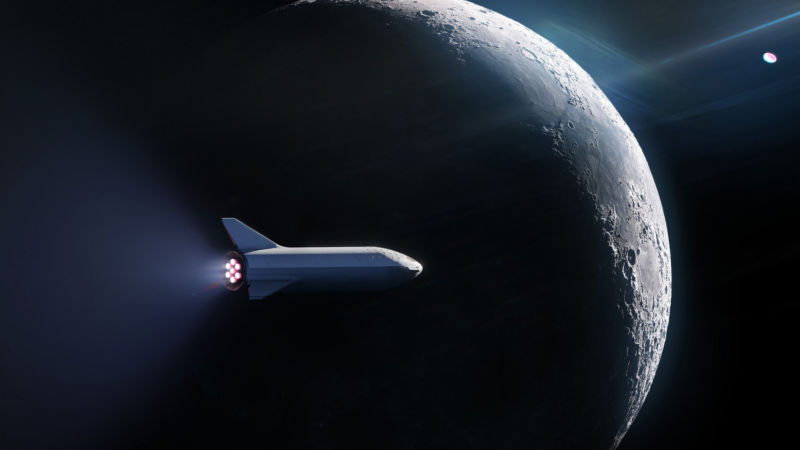
For months in south Texas, SpaceX employees have been assembling a test version of the upper stage for its next-generation launch system. This prototype "Starship" is far from space-worthy, but it will allow the company to test the vehicle's ability to "hop" from the spaceport and then land propulsively back on the ground.
On Friday, the company sent a notice to nearby residents saying it planned to conduct testing of the vehicle as soon as the week of March 18, and that it would be closing the main roadway of Highway 4 to non-residents during the tests. This "safety zone perimeter" is part of an agreement with the local county, and has been set up out of an abundance of caution.
On Sunday, company founder Elon Musk confirmed on Twitter that SpaceX was indeed close to beginning tests. Musk said that integration work remained to be done on test vehicle and its Raptor rocket engine, and that the first hops would lift off, but only "barely." Eventually the "Starhopper" test vehicle will have three engines, but for now it appears as though the company will start with just one.
During something of a tweetstorm that was aggregated on the /r/spacex subreddit, Musk proceeded to share all manner of additional information about the test flights. (As we've previously noted, there are several reasons why Musk is sharing so much information about the development of Starship in south Texas).
Heat shield tests
Much of Musk's comments centered on the vehicle's heat shield, as SpaceX is attempting to design a spacecraft that can land on Earth through its thick atmosphere, and then take off again soon after. "Starship needs to be ready to fly again immediately after landing," Musk said. "Zero refurbishment."
The latest iteration of Starship's heat shield—and the design appears to change rapidly, as one might expect during the prototyping process—uses hexagon-shaped tiles. Musk then shared a video in which he said the tiles were heated to 1650 Kelvin (1375 degrees Celsius), adding that the overall heat shield used "Hexagonal tiles on most of windward side, no shield needed on leeward side, transpiration cooling on hotspots."
Testing Starship heatshield hex tiles pic.twitter.com/PycE9VthxQ
— Elon Musk (@elonmusk) March 17, 2019
In terms of orbital flights, Musk said the company is seeking regulatory approval for launches from both the south Texas site near Boca Chica, as well as from the launch complexes at Cape Canaveral, Florida. SpaceX prefers to operate experimentally, at least from the Texas location, because it has autonomy over the site and does not need to coordinate with other launch providers.
As ever with the ultra-ambitious Starship and its companion Super Heavy rocket program, it is hard to know exactly how much progress is actually being made. But given that SpaceX now has a maturing Raptor rocket engine to power both stages and is nearing some semblance of flight tests, clearly the programs are moving forward. This is a testament to both the will of Musk, and the brilliance of his engineers.
reader comments
578